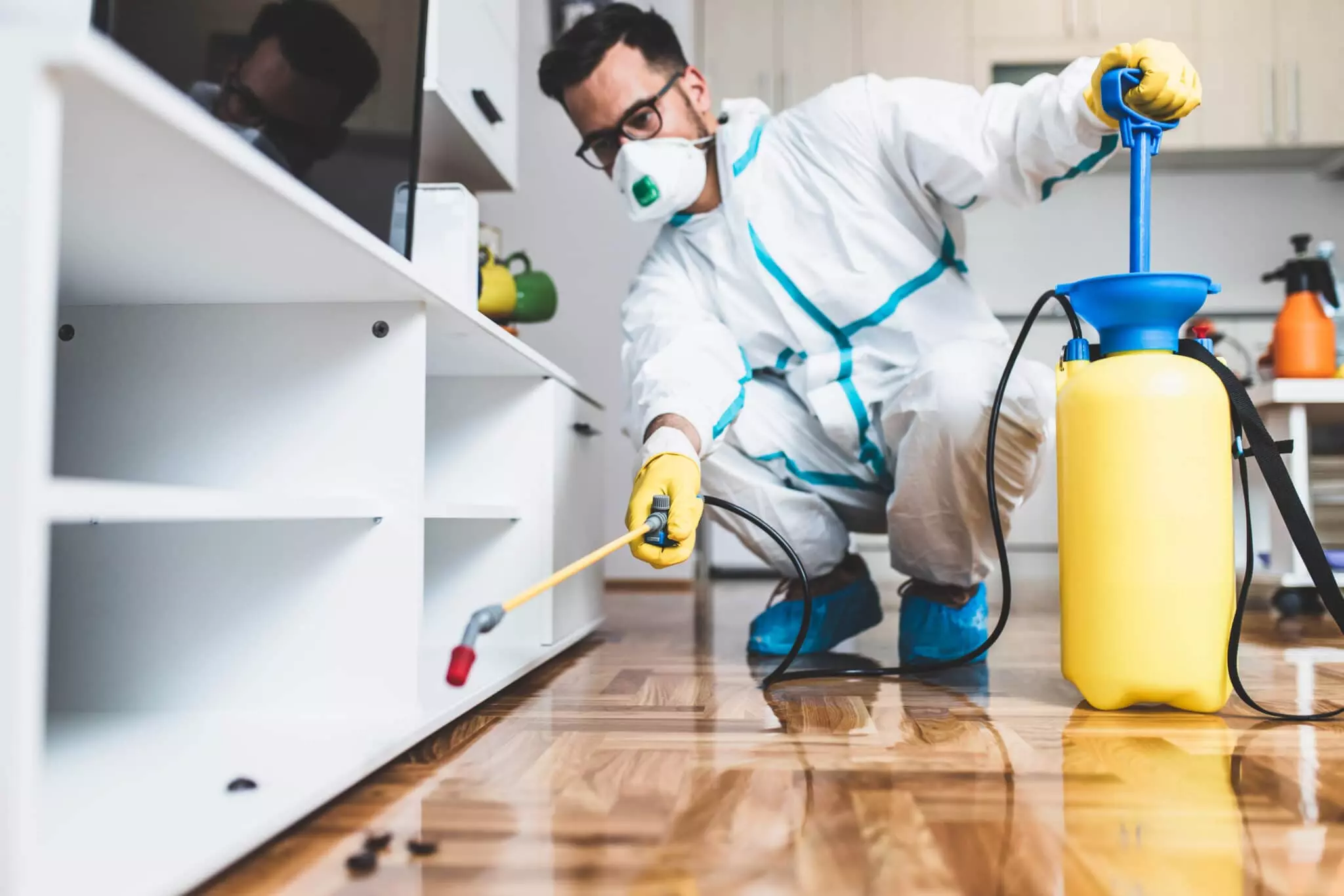Eco-Friendly Parasite Control Approaches for Taking Care Of Wildlife in Urban Locations
Urban areas usually find themselves at the intersection of human task and wildlife, resulting in unique challenges in insect management. Environment-friendly approaches stress lasting coexistence, using strategies such as environment alteration and all-natural repellents to mitigate human-wildlife conflicts. These approaches not just secure the atmosphere however likewise enhance neighborhood involvement in wildlife monitoring. As urban populations remain to grow, recognizing the dynamics of wild animals interactions ends up being increasingly important. What cutting-edge techniques can be executed to make certain both environmental equilibrium and metropolitan safety? Exploring this inquiry reveals an engaging landscape of potential options.
Comprehending Urban Wildlife Dynamics
Recognizing Urban Wildlife Characteristics is necessary for developing efficient and eco-friendly pest control techniques. Urban locations are progressively coming to be environments for numerous wildlife types, driven by elements such as environment fragmentation, food accessibility, and human advancement. Acknowledging these characteristics enables a nuanced method to pest monitoring that lines up with ecological concepts.
Urban wild animals frequently consists of types such as raccoons, squirrels, and birds, which adjust to city atmospheres, locating particular niches in eco-friendly spaces, parks, and even suburbs. Their existence can cause disputes with humans, especially when they manipulate human resources for food and sanctuary. Comprehending the habits and eco-friendly duties of these varieties informs approaches that decrease negative communications while promoting biodiversity.
Furthermore, recognizing the interdependencies within city environments aids in recognizing crucial locations for habitat preservation and restoration. This understanding contributes to the growth of integrated bug monitoring (IPM) techniques that think about the eco-friendly equilibrium, thereby decreasing reliance on unsafe chemicals. By cultivating conjunction in between people and urban wild animals, cities can develop healthier environments that profit both citizens and neighborhood ecological communities, leading the way for sustainable city living.
All-natural Repellents and Deterrents
Natural repellents and deterrents use a lasting alternative to standard bug control approaches by harnessing the power of nature to maintain unwanted varieties at bay. These eco-friendly options normally make use of plant-based active ingredients, important oils, and various other naturally occurring compounds that deter bugs without hurting the setting.
One reliable natural repellent is peppermint oil, which is recognized to repel rodents and bugs. Its solid fragrance is undesirable to many parasites, making it a preferred option for urban setups. Vinegar and citrus peels can offer as deterrents, as their solid smells are usually unattractive to various wild animals.
Furthermore, diatomaceous earth is an all-natural powder that can be spread in locations susceptible to pest activity, efficiently drying out and deterring bugs without presenting risks to non-target types. Moreover, garlic sprays and neem oil are recognized for their ability to drive away a wide variety of insects, including both insects and bigger wild animals.
Carrying out these all-natural repellents not only reduces reliance on chemical pesticides yet likewise advertises a healthier metropolitan ecological community, cultivating a more well balanced conjunction in between humans and wildlife. By making use of these strategies, city areas can effectively handle insect populaces while reducing ecological impact.
Environment Modification Strategies
Efficient habitat alteration strategies play a vital duty in sustainable bug management by altering the setting to make it much less conducive to pest problems. By recognizing the ecological dynamics of urban areas, residential or commercial property owners can apply strategic modifications that discourage parasites while advertising biodiversity.
(Integrated pest management Port Charlotte)One main method includes preserving appropriate sanitation. This consists of regular waste elimination, securing trash bins, and getting rid of standing water to decrease reproducing sites for pests and rodents. In addition, landscape design techniques such as choosing indigenous plants can boost ecological equilibrium, offering habitats for advantageous microorganisms while lessening resources for pests.
An additional vital technique is to seal entry factors in buildings. Checking and repairing cracks in structures, wall surfaces, and windows can significantly lower pest access. Furthermore, producing physical obstacles, such as fencings or plant buffers, can prevent wildlife activity right into human-inhabited areas.
Integrated Pest Management Practices
Structure upon environment modification techniques, incorporated insect monitoring (IPM) techniques provide an all natural approach to controlling insect populations while decreasing environmental influence. IPM combines numerous approaches, including organic, cultural, mechanical, and chemical controls, to accomplish effective bug administration.
Organic control entails the introduction of all-natural predators or bloodsuckers to minimize parasite populaces. Cultural practices, such as crop turning and cleanliness, interfere with pest life process and reduce their environments - Pest Control. Mechanical controls, like catches and obstacles, offer immediate remedy for bug stress without chemical intervention
Chemical controls are made use of as a last hope, concentrating on targeted applications that limit injury to non-target varieties and the setting. The selection of eco-friendly pesticides, when essential, is essential to the IPM structure. Furthermore, monitoring pest populaces and evaluating prospective damages assists notify decision-making, ensuring that interventions are timely and efficient.
Community Participation and Education

(Pest Control in Port Charlotte)Workshops and informational sessions can furnish homeowners with expertise regarding native varieties, environment preservation, and efficient safe insect management strategies. Cooperation with institutions, regional companies, and federal government companies better improves academic outreach, guaranteeing that necessary details reaches varied target markets.
Furthermore, community-led campaigns, such as area clean-up days and environment repair tasks, not only promote biodiversity however likewise strengthen neighborhood connections. Pest Control. By urging locals to share their experiences and observations, neighborhoods can create targeted techniques that address particular neighborhood insect concerns
Including responses from citizens into insect administration plans makes it possible for a more responsive and adaptive method to wild animals difficulties. Inevitably, educated and engaged neighborhoods are key to attaining long-lasting success in environmentally friendly insect control, causing healthier city environments that appreciate both human and eco-friendly needs.

Conclusion
In conclusion, green insect control approaches offer lasting solutions for Carpenter ant control Port Charlotte managing metropolitan wild animals. By prioritizing environment alteration, making use of natural repellents, and applying integrated insect monitoring techniques, communities can promote a harmonious coexistence with neighborhood fauna.